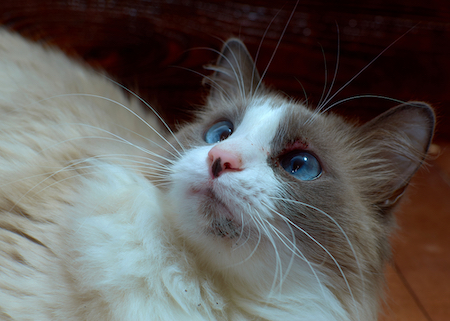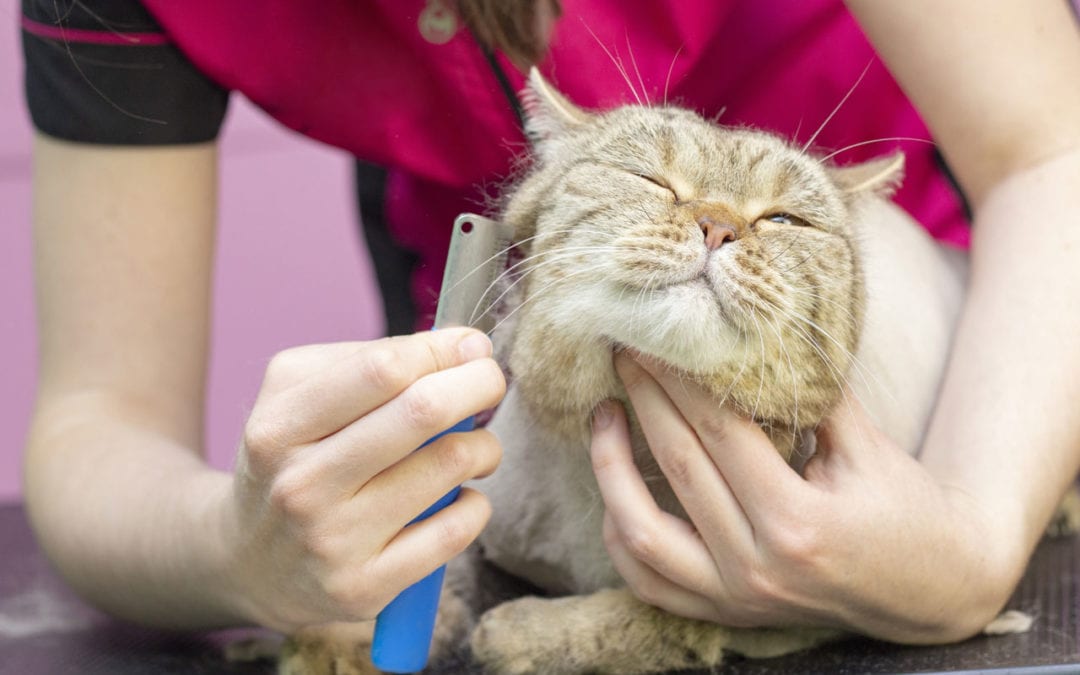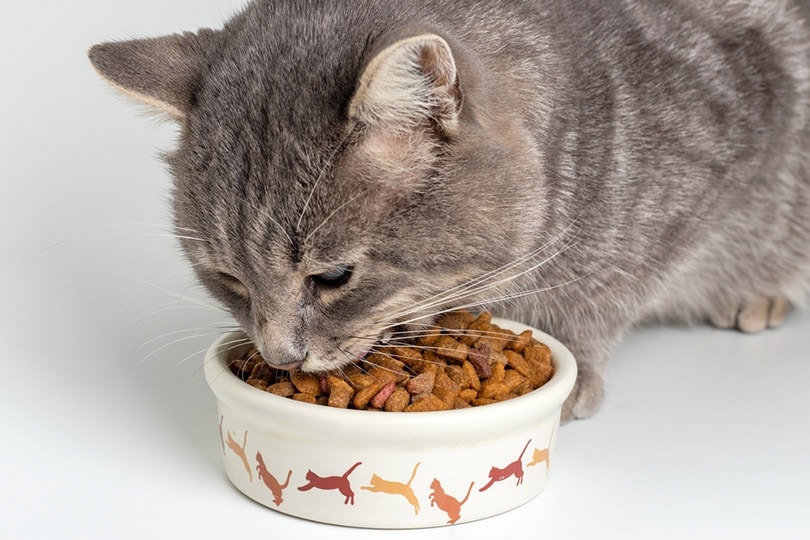Cats can get acne? - Causes and treatment of Feline acne explained.
As a cat owner, you may have noticed small bumps or blackheads on your furry friend’s chin. This is a common condition known as cat acne. While it may not be a life-threatening condition, it can be uncomfortable for your cat and lead to more severe skin problems if left untreated.
What is Cat Acne?

Cat acne is a skin condition that affects cats of all ages, breeds, and genders. It is characterised by the formation of small blackheads, pimples, or pustules on the chin, lips, and sometimes the neck area. These bumps may be accompanied by redness, swelling, and itching.
Cat acne occurs when hair follicles on the cat’s skin become clogged with sebum, dirt, and bacteria. This can lead to inflammation and infection of the hair follicles. In severe cases, the infection can spread to other areas of the skin, causing more significant skin problems.
Causes of Cat Acne
The exact cause of cat acne is unknown, but several factors can contribute to the development of the condition. The most common causes of cat acne include:
1. Poor Grooming
Cats are known for their grooming habits, but if they are not grooming themselves correctly, it can lead to the buildup of dirt and bacteria on their skin. This can clog hair follicles and cause acne.
2. Plastic Bowls
Some cats may be allergic to the materials used in plastic bowls, which can cause an allergic reaction on their chin. This can lead to the formation of bumps and blackheads.
3. Stress
Stress is known to be a contributing factor to many health problems in cats, including skin problems. If your cat is stressed, it can lead to the overproduction of sebum, which can clog hair follicles and cause acne.
4. Hormonal Changes
Hormonal changes, such as those that occur during puberty or pregnancy, can lead to the overproduction of sebum. This can cause hair follicles to become clogged, leading to the formation of acne.
How to Diagnose Cat Acne
If you suspect your cat has acne, it is essential to take them to a veterinarian for a proper diagnosis. Your veterinarian will examine your cat’s chin and perform a skin scraping to determine the underlying cause of the condition.
In some cases, your veterinarian may recommend additional tests, such as a skin biopsy or bacterial culture, to rule out other skin conditions that may resemble cat acne.
Treatment Options for Cat Acne
The treatment for cat acne depends on the severity of the condition. In mild cases, your veterinarian may recommend home remedies, while more severe cases may require prescription medication.
1. Home Remedies
For mild cases of cat acne, you can try the following home remedies:
- Gently clean your cat’s chin with a warm, damp cloth to remove any dirt or bacteria.
- Switch to a stainless steel or ceramic food bowl to eliminate the possibility of an allergic reaction to plastic.
- Apply a warm compress to your cat’s chin to help open up clogged hair follicles.
2. Prescription Medication
If your cat has severe acne, your veterinarian may prescribe medication to treat the condition. The most common medications used to treat cat acne include:
- Antibiotics to treat any bacterial infections that may be present.
- Topical creams to help unclog hair follicles and reduce inflammation.
Preventing Cat Acne
Preventing cat acne is easier than treating it. You can prevent cat acne by:
- Grooming your cat regularly to prevent the buildup of dirt and bacteria on their skin.
- Providing your cat with a clean, stress-free environment.
- Switching to a stainless steel or ceramic food bowl.
When to See a Veterinarian
If your cat’s acne does not improve with home remedies, or if it becomes more severe, it is essential to take them to a veterinarian for a proper diagnosis and treatment. Your veterinarian can determine the underlying cause of the condition and prescribe the appropriate treatment.









































































